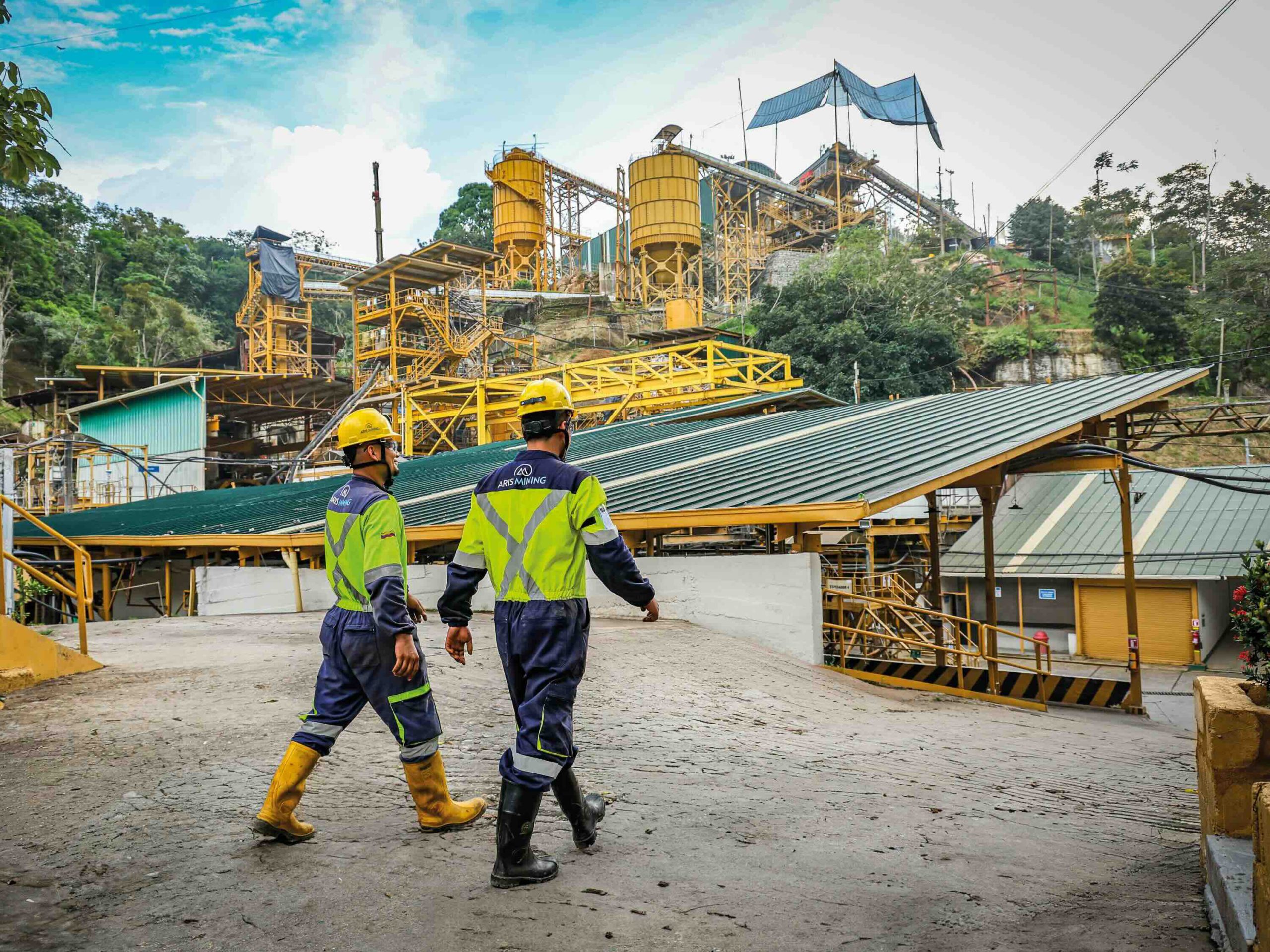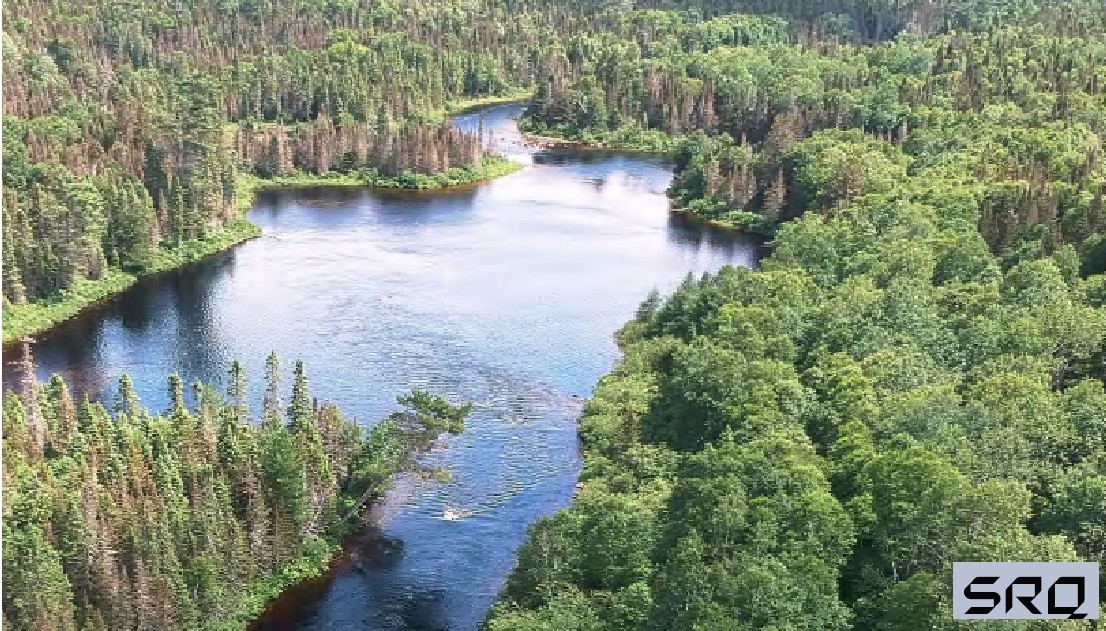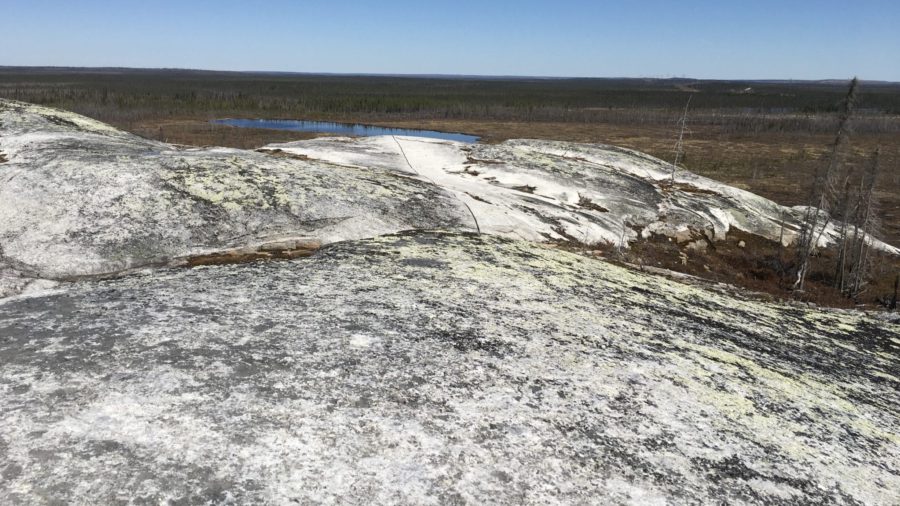Toughing It Out
The year was 1639. To the average European, most of North America was terra incognita-lands unexplored and unknown-but French colonists living near present day Saint John, N.B. had already found coal deposits and sent the continent’s first shipment south to Boston-the hub of the newly founded Massachusetts Bay Colony.
Local historians contend that the coal likely came from outcrops along the shores of Grand Lake, located about 100 km inland. The short-lived trade with Massachusetts ended in 1643 and the Grand Lake deposits, later found to extend over 300 km2, remained untapped for some two centuries-until the advent of the railway created fresh demand. But the real boom would not occur until the 20th century and the construction of coal-fired power plants.
The Grand Lake deposit is now all but depleted and the mines closed, and they won’t be coming back to life for a third, or perhaps fourth time, according to provincial officials. But elsewhere in New Brunswick and across Atlantic Canada, resource companies are re-exploring, redeveloping and, in some cases, putting old mines back into production–all in response to rising commodity prices and growing world demand for a variety of industrial and specialty minerals.
Toronto-based Adex Mining Inc. announced in mid-October that it has started a feasibility study at its Mount Pleasant mine, formerly owned by BHP Billiton and, before that, LAC Minerals.
The property, located about 110 km northwest of Saint John, hosts what Adex refers to as “the world’s only polymetallic deposit in which five specialty and strategic metals-indium, molybdenum, tin, tungsten and zinc-co-exist in significant quantities.”
Adex contends that Mount Pleasant contains the world’s largest indium resource, a silvery grey, high lustre metal, and North America’s largest tin resource. Both minerals are used in LCD screen technology. Furthermore, the company insists that metallurgists have developed cost-effective methods to process and extract individual metals. Currently, Adex is aiming for full production by 2014.
Next door in Nova Scotia, a number of redevelopment projects are underway. One of the most promising is the Gays River zinc-lead deposit which has been in and out of production on several occasions since the discovery of the ore body in 1973.
Esso Minerals initially developed an underground mine, but operated it only from 1978 till 1981 because water kept flooding the underground workings. Acadian Mining Corporation, the fourth owner, acquired the property in 2007, redeveloped it as an open pit and operated until prices collapsed in early 2009.
Vancouver-based Selwyn Resources purchased the mine from Acadian in June 2011 for $10 million, less any unpaid tax balances, and has adopted a very aggressive timetable to get it back into production. The company aims to start producing by April 2012, allowing just 10 months to hire operational personnel, undertake engineering and environmental reviews, refurbish the mill, pre-strip the main pit and arrange start-up financing.
Selwyn hoped to raise $30 million through a combination of debt and equity and planned to put 2,500 tonnes per day through its mill at an operating cost of $51.77 per tonne for the first three years. “The restart of the Scotia Mine is seen as the first step in unlocking the potential for continued exploration and development within the Windsor Basin,” according to a release on the company website. “It provides Selwyn with an operating base in Nova Scotia.”
Newfoundland and Labrador appears to be the redevelopment hotspot in Atlantic Canada with gold, fluorspar and iron ore properties in the works or up and running.
Rambler Metals and Mining of London, England, is well on its way to putting the former Ming copper and gold mine back into production. Previous owners operated the mine, located on the northerly Baie Verte Peninsula, until 1982 and the adjacent Ming West mine in 1995 and 1996.
Rambler acquired the property in 2005 and conducted an extensive exploration program that led to the extension of existing mineralized zones and the discovery of new zones, all of which appear to be open in various directions and at depth.
De-watering of the underground workings has been completed and new air, water and electrical services have been installed. As well, in October 2009 the company purchased a working metallurgical mill at another site 40 km away and has expanded it so it could produce a copper concentrate with gold and silver being byproducts.
Meantime, on Newfoundland’s more southerly Burin Peninsula, Toronto-based Canada Fluorspar Inc. (CFI) hopes to re-activate the underground St. Lawrence mine through a joint venture with French chemical manufacturer Arkema.
Previous owners produced fluorspar, an industrial mineral used in the production of anesthetics, fire retardant fabrics and electronic components, from the early 1930s until the late 1970s.
The mine closed after the provincial government determined that many long-time employees, most of them from the nearby community of St. Lawrence, had developed lung cancer due to exposure to radon gas. Improvements in mining practices and ventilation systems have since reduced such risks.
The CFI redevelopment includes upgrades to an existing mill, construction of a new environmentally sound tailings pond and development of a marine terminal.
The company expects to begin commercial production by mid-2013. Yearly output will range from 120,000 to 180,000 tonnes and the mine will employ about 150 people.
Toronto-based Labrador Iron Mines Holdings ltd. (LIM) is the first of these companies to cross the finish line–in terms of producing ore and moving it to market. The company is re-working lands in western Labrador and eastern Quebec, located in the Schefferville area. Iron Ore Company of Canada operated mines in the same area from 1954 until 1982.
LIM is producing high-grade, direct shipping ore that contains 56 to 58 per cent iron when it comes out of the ground. It is then upgraded to 65 per cent iron through a beneficiation process and shipped some 600 km by existing rail lines to the port of Sept-Iles on the lower St. Lawrence River.
LIM’s initial train load of ore left Schefferville on June 29 and the first ship, the Salt Lake City, sailed for China on October 3 with a cargo of 167,167 tonnes of ore.
“This is a momentous day in the history of LIM and is the culmination of six years of endeavour,” said company chairman and chief executive officer John Kearney.
Montreal-based New Millennium Iron Corp. is also re-working former IOC lands, although its claims lie to the south of those held by LIM and are located between Labrador City and Schefferville.
New Millennium has been active in the area since 2003, and in 2008 formed a strategic partnership with India’s Tata Steel.
Tata owns 27 per cent of New Millennium and through a joint venture company will operate the mine once it is in production. That is expected to occur by late 2012, according to Ernest Dempsey, New Millennium’s vice-president of investor relations and corporate affairs.
The mine is slated to produce four million tonnes of high grade ore per year and, like the LIM product, will be moved by train to Sept-Iles. The ultimate destination, adds Dempsey, will be the Tata Steel mills of Europe , ensuring that the diversified, industrial giant will have a secure supply of ore for at least 15 years.
Clearly, mining in Atlantic Canada has been through some tumultuous times during its great history, but regardless of the ups-and-downs the industry has survived and, by recent indicators, it’s poised to once again become one of the more active mining regions in Canada.





Comments